Fresnel Lens
Overview: A Fresnel lens can be looked at as many layers of lenses cut and stacked on top of each other. Creating a lens in this manner provides great collecting or great dispersion power. Lighthouses use Fresnel lenses to project light miles out into the ocean. In this demo, we turn that same lens around to collect and focus sun light into a spot that is so powerful that it will melt rocks. While Fresnel lenses can collect a lot of light in a compact lightweight package, they do not have very good resolution
Supplies: 1 meter framed Fresnel lens, welding goggles, lava rocks, pennies, other various items to melt, bottle of water
Objectives: Learn more about a type of lens structure that can be lightweight, for its size, yet very powerful at the same time for the way it collects light.
Setup:
CAUTION: IT IS EXTREMELY IMPORTANT THAT EVERYONE WEARS SAFETY GOGGLES WITH THIS DEMO. Be sure to have extra people to ensure everyone (including volunteers!) wears safety goggles and does not touch anything that has been melted.
- Give everyone a pair of safety goggles. (Note: sunglasses are NOT sufficient. These safety goggles will make everything look completely dark except the focal spot)
- Have people touch each side of the Fresnel lens. There will be a smooth side and a ridged side.
- Place a lava rock, piece of wood, penny, or other material to melt on the ground.
- Have everyone put on their safety goggles!
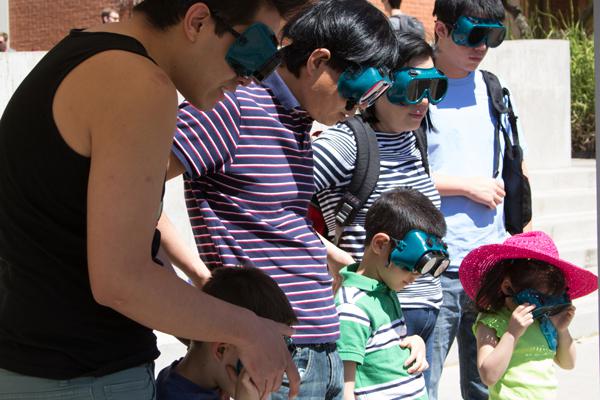
How to run the demo:
- With two people, hold the giant Fresnel lens with the ridged side facing up towards the sun. On a bright day you should see a bright focal spot underneath the lens.
- Bring the Fresnel lens down to about 0.5 meters above the ground, and move the focal point to the surface of the object you are trying to melt.
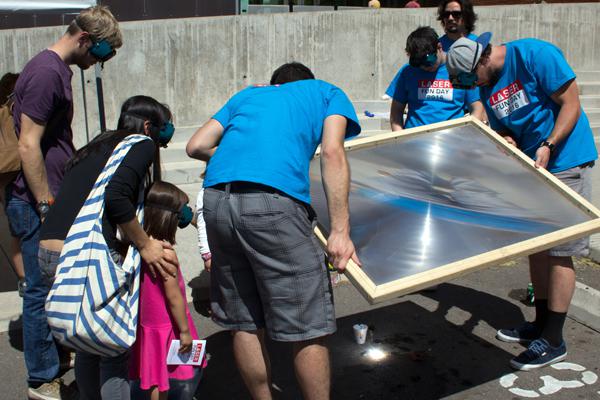
- After several seconds, you should see some smoke as the object melts!
- Put the Fresnel lens down and wait several minutes for the object to cool before passing it around.
- Tip: Use your bottle of water to cool off your lava rock or coin!
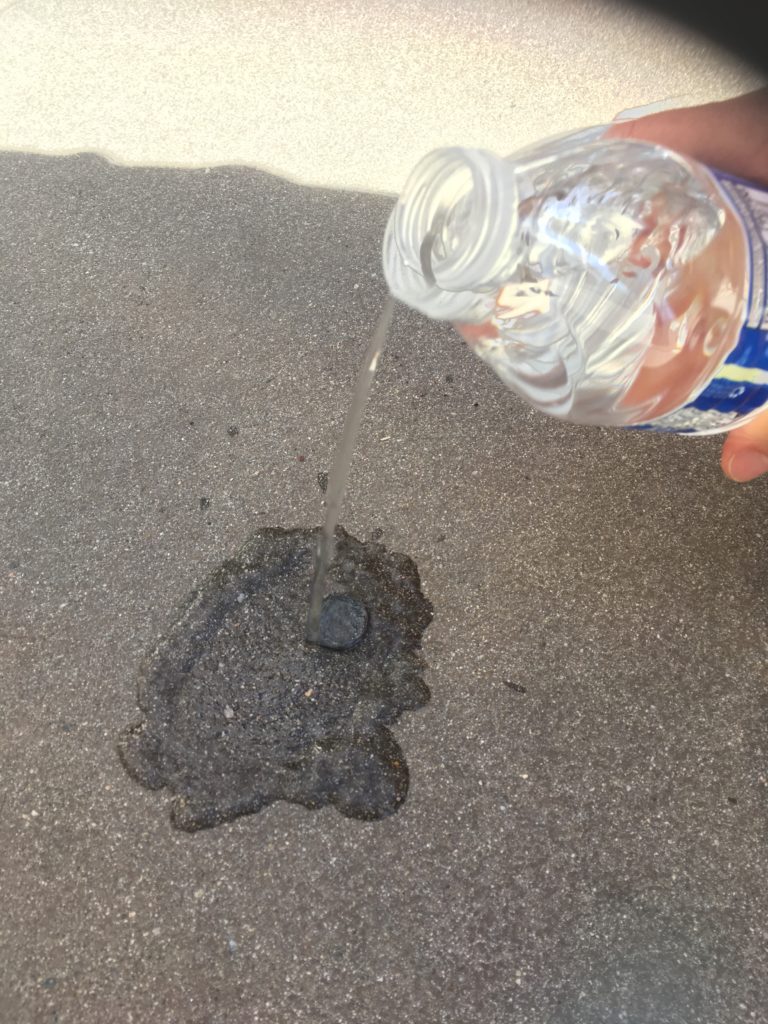
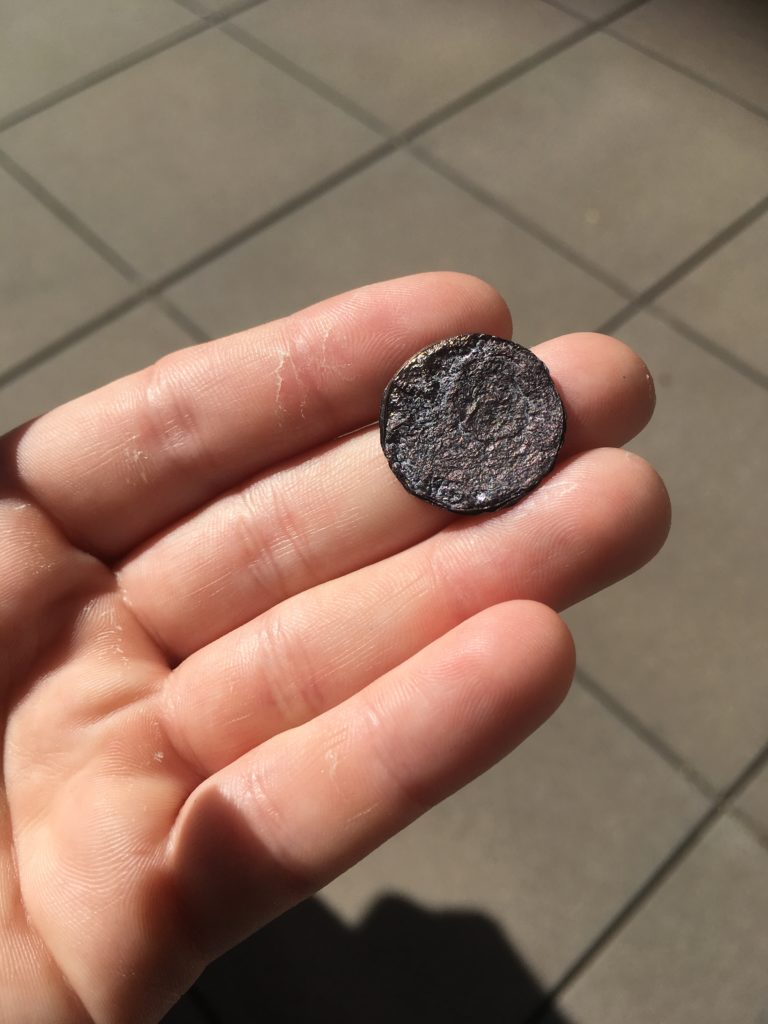
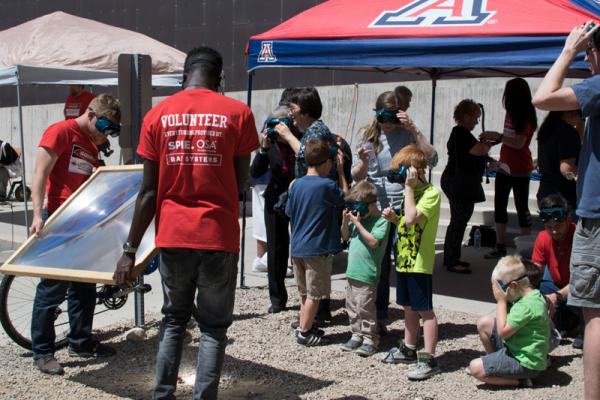
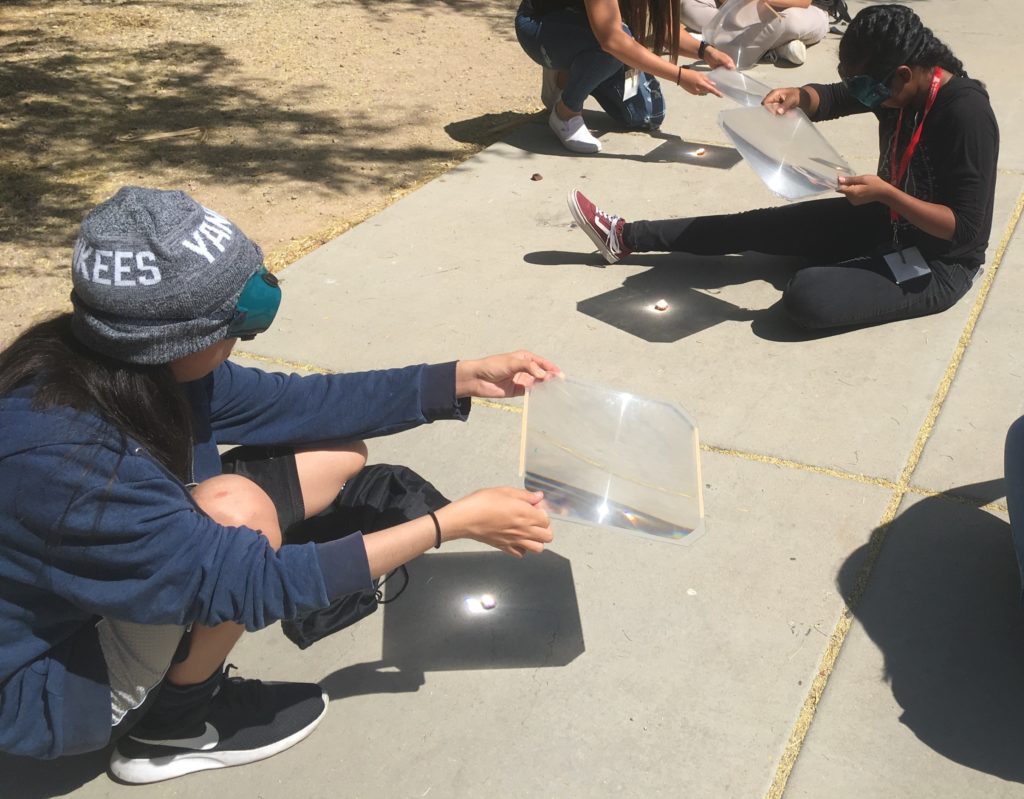
What’s Happening?
A Fresnel lens replaces a traditional curved lens by adding concentric grooves to the surface of the lens, as seen below left. These grooves act as individual refracting surfaces that turn a light source into parallel rays that can be seen for very long distances, as in the case of the lighthouse. In our demo we take the light in the opposite direction. We face those grooves toward the sun, and its incoming parallel rays, to concentrate the light down to a single point. Fresnel lenses are mostly used for light gathering power not for precision imaging.
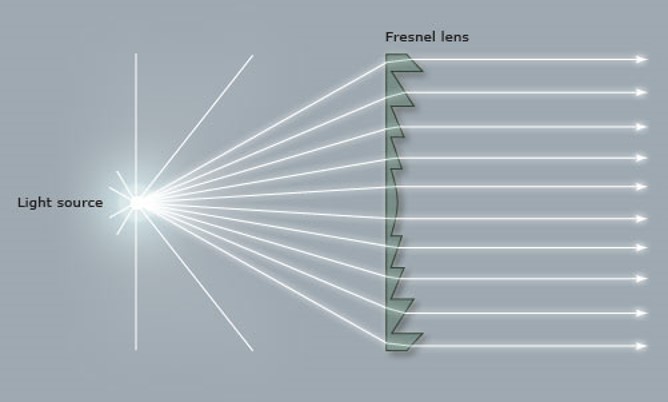
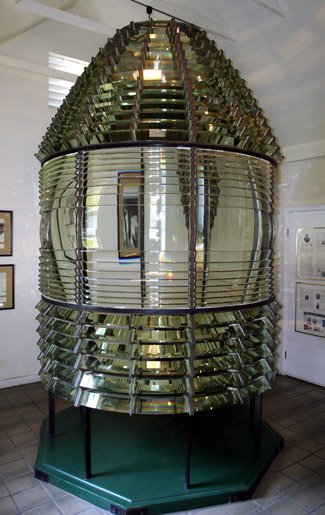
Try this:
Use the magnetic board and lens shaped magnets to demonstrate how the shape of a Fresnel lens works.
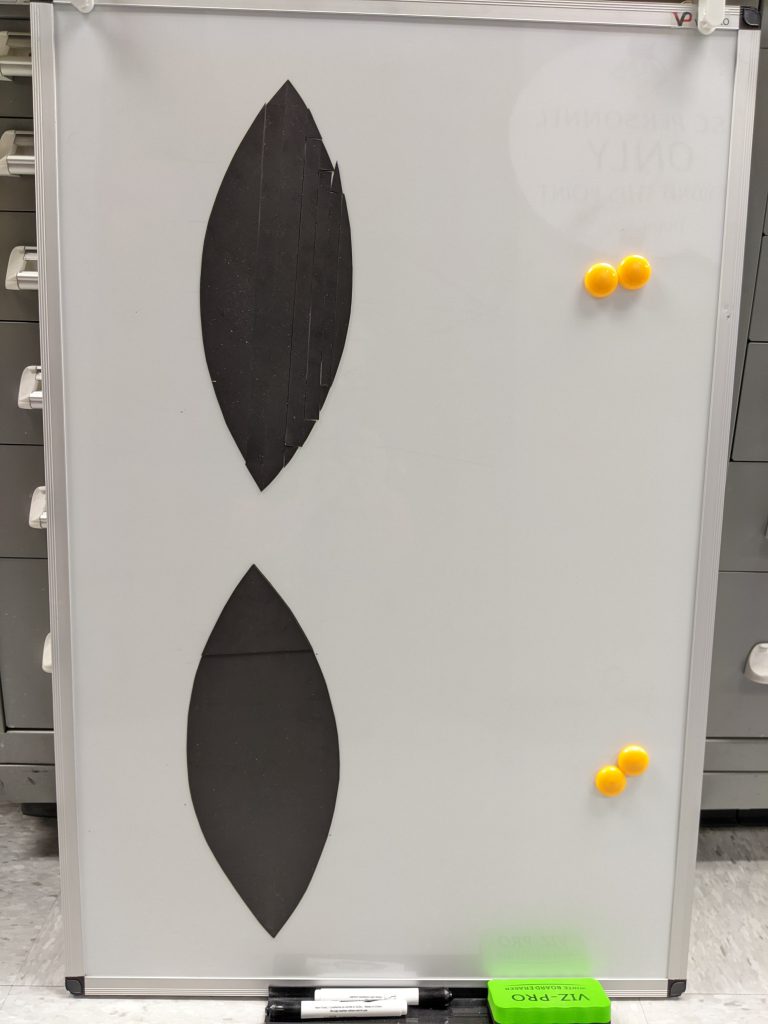
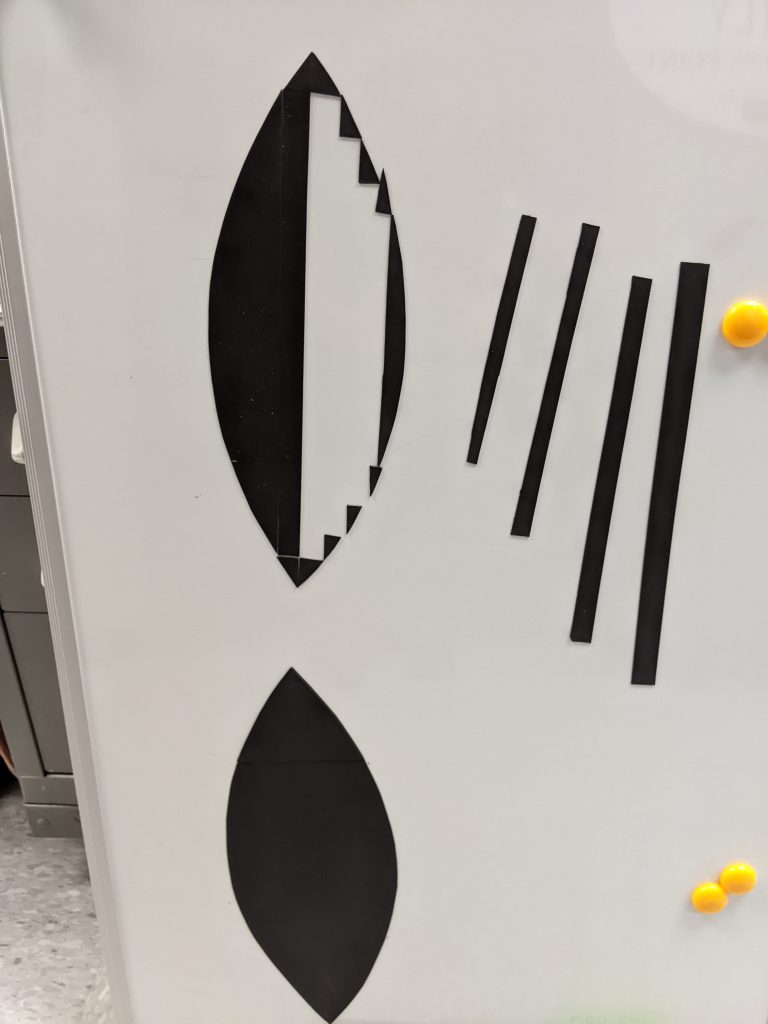
Learn more: (external links)

